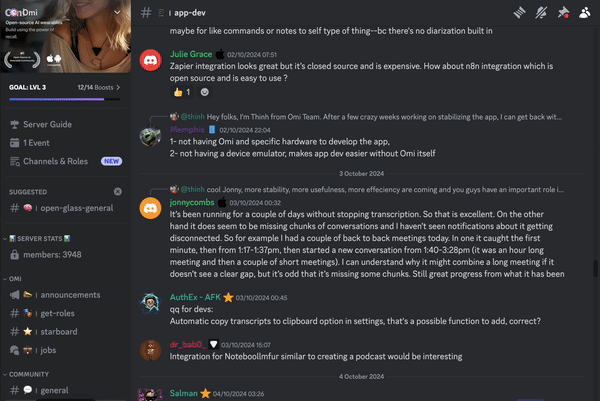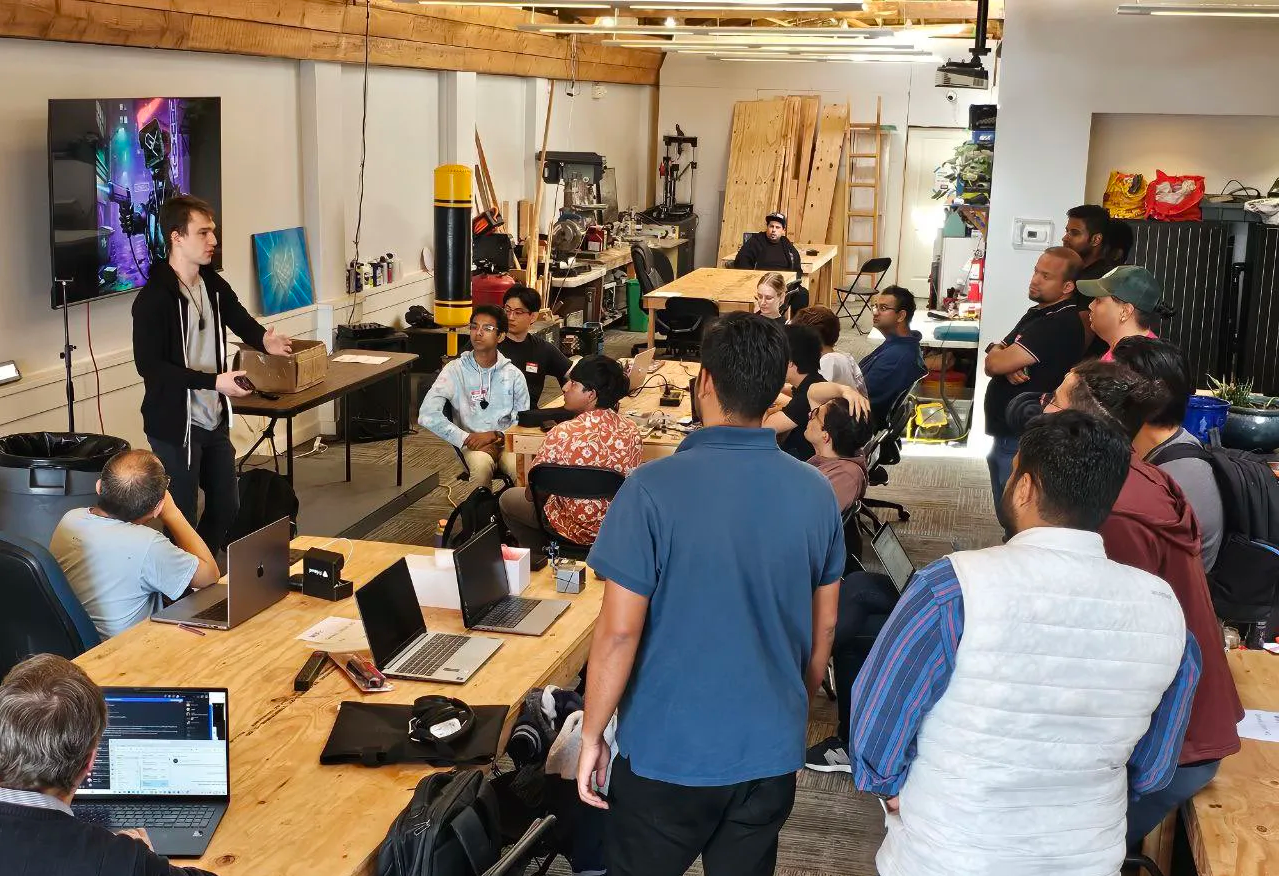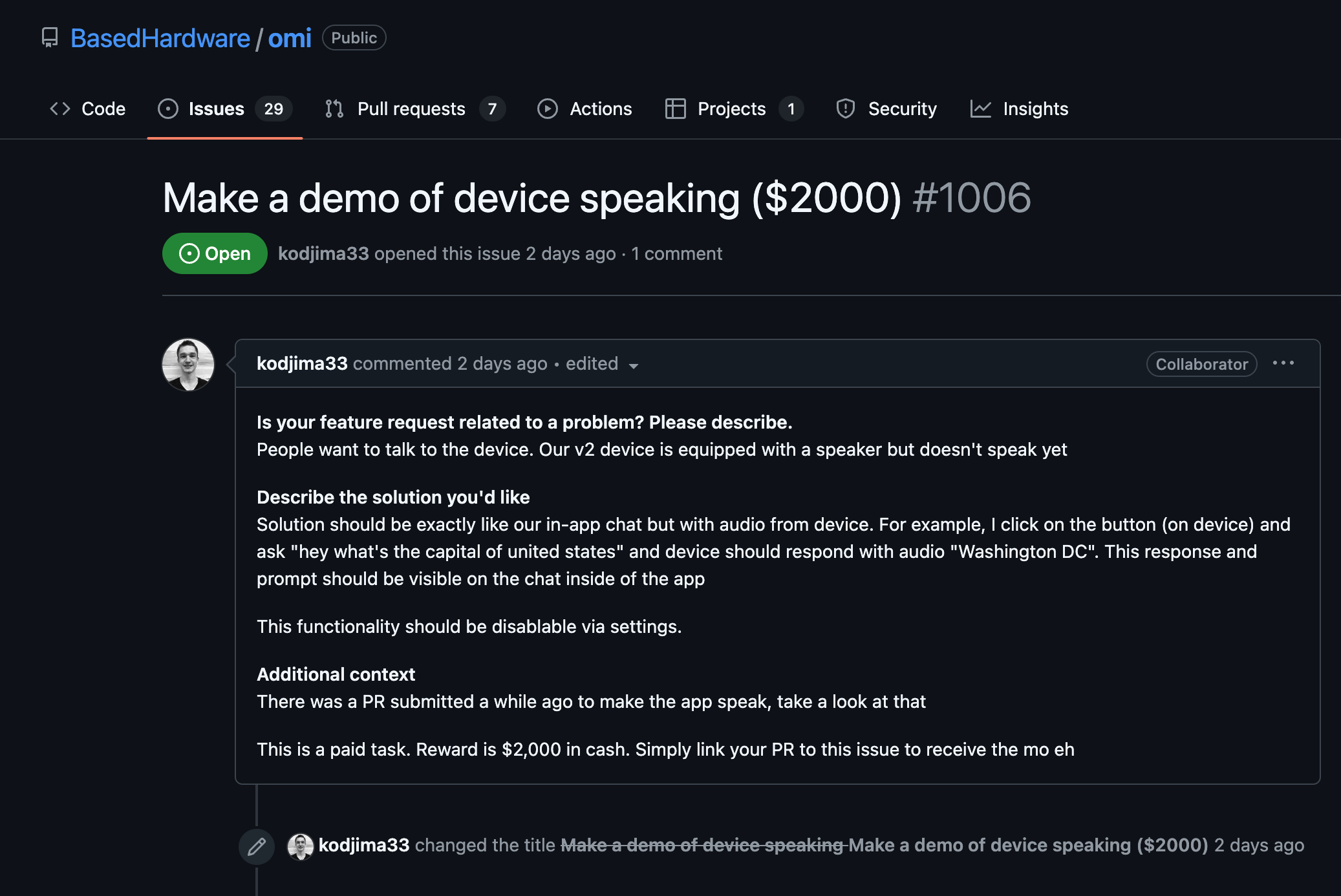Identify Endianness of Your System
- Understand if your system is using big-endian or little-endian format. This knowledge is crucial for troubleshooting endianness issues.
- You can determine the endianness of your system programmatically in C:
#include <stdio.h>
void check_endianness() {
unsigned int i = 1;
char *c = (char*)&i;
if (*c)
printf("Little-endian\n");
else
printf("Big-endian\n");
}
int main() {
check_endianness();
return 0;
}
Review Data Structures and Access Patterns
- Go through your data structures that are exchanged between software components running on different systems with potential differing endianness.
- Analyze how multi-byte data types like integers, floats, and custom structures are accessed and whether they need conversion.
Implement Endianness Conversion Functions
- Create functions to convert data between big-endian and little-endian formats if your platform does not provide them. Use bitwise operators to swap byte positions.
#include <stdint.h>
uint32_t swap_uint32(uint32_t val) {
return ((val << 24) & 0xFF000000) |
((val << 8) & 0x00FF0000) |
((val >> 8) & 0x0000FF00) |
((val >> 24) & 0x000000FF);
}
uint16_t swap_uint16(uint16_t val) {
return (val << 8) | (val >> 8);
}
Utilize Built-in Functions
- Use built-in conversion functions provided by your compiler or library, such as `htons`, `htonl`, `ntohl`, and `ntohs` for standard network byte order conversions where applicable.
- This often simplifies the implementation compared to writing custom functions from scratch.
Ensure Consistent Data Serialization
- When sending data over networks or writing and reading from files, ensure you serialize the data in a consistent endianness. Standardize on network byte order (big-endian) to avoid cross-platform issues.
- Implement or leverage serialization libraries for complex data types to ensure every field is correctly converted.
Test Rigorously on Different Architectures
- Deploy tests of your code on multiple architectures to ensure that endianness conversions function correctly and data integrity is preserved.
- Create unit tests to verify each conversion function, and integration tests to validate data handling at large.
#include <assert.h>
void test_conversion() {
uint32_t original = 0xAABBCCDD;
uint32_t swapped = swap_uint32(original);
assert(swap_uint32(swapped) == original); // Revert to original
printf("Endianness conversion passed the test.\n");
}
int main() {
test_conversion();
return 0;
}
Leverage Platform-Specific Tools
- Use platform-specific tools and macros to conditionally compile the code based on the known endianness of the targeted platform.
- This allows optimizing the code and potentially removing unnecessary conversion operations at compile time.
Document Endianness Assumptions
- Maintain detailed documentation regarding which endianness is assumed at various layers of your software, especially at interfaces with network communication or file IO.
- Consistent documentation helps prevent errors during future development or when the software is ported to a different architecture.
Review and Maintain Your Code Base
- Regularly revisit your codebase to check for any assumptions or hardcoded values concerning endianness, which might lead to latent bugs if left unaddressed.
- Update conversion utilities as the application evolves to encompass new data structures or components that may require careful endianness consideration.
By following these detailed guidelines, a firmware developer can effectively manage and mitigate endianness issues within their C-based projects, ensuring robust and portable software across different architectures.
























